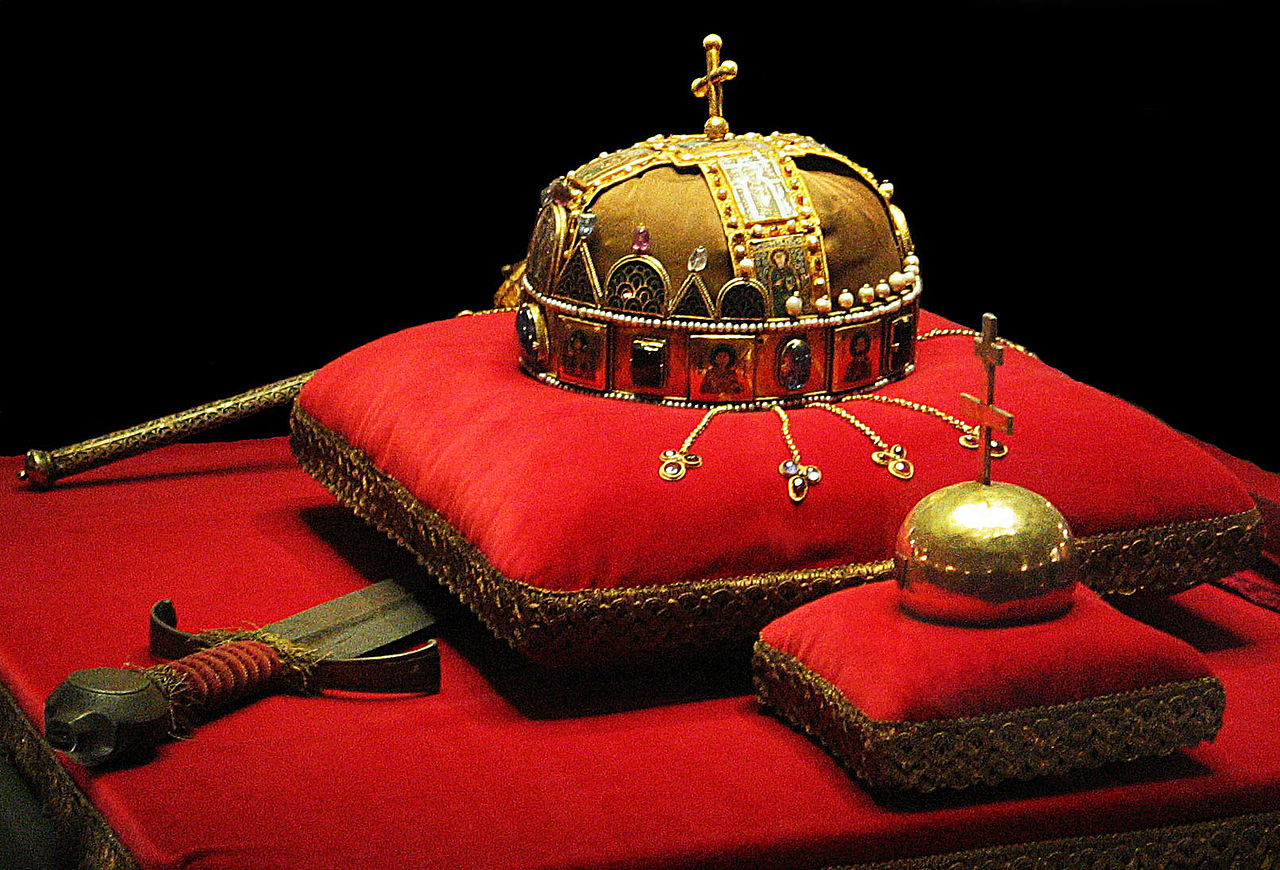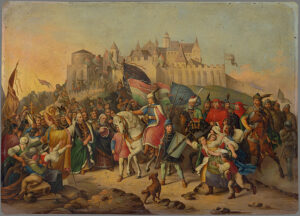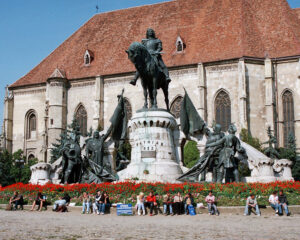
This brings the number of officially recognized unique cultural features and items in Hungary to 96.Continue reading

The son of the Ottoman-defeating hero János Hunyadi (c. 1407–1456), fifteen-year-old Matthias (1443–1490), was elected King of Hungary on January 24, 1458. However, many people do not know that he only became a “true” king, a legitimate, sovereign ruler, a good six years later, when he was crowned with the Holy Crown by the Archbishop of Esztergom in Székesfehérvár on March 29, 1464.
Hungary’s most precious national relic, associated with King Saint Stephen (c. 975–1038), embodying the constitutional continuity of Hungary and the unity of the nation, has allegedly been taken abroad and brought home eleven times. The fourth such occasion occurred in the 15th century, when King Matthias recaptured the regalia from Frederick III of Habsburg (1415–1493), and his coronation marked the beginning of one of the most glorious chapters in Hungarian history.
The Holy Crown of Hungary, also known as the Crown of Saint Stephen, was the coronation crown used by the Kingdom of Hungary for most of its existence; kings have been crowned with it since the twelfth century. pic.twitter.com/i4EgVb2QqD
— Budapest Marriott Hotel (@marriotthungary) March 2, 2020
At the end of October 1439, Queen Elizabeth (1409–1442), the widow of King Albert of Habsburg (1397–1439), wanted her son László (1440–1457), born in February 1440, to be elected king. As the Hungarian elite favored the Polish king Władysław Jagiełło (c. 1351–1434), Elizabeth obtained the Holy Crown to force their hand. Traditionally, the legitimate ruler of Hungary was the person crowned with the Crown of Saint Stephen by the Archbishop of Esztergom in Székesfehérvár. In early 1440, Elizabeth’s lady-in-waiting, Ilona Wolfram, stole the crown from Visegrád and took it to Komárno (Komárom), where Elizabeth gave birth. Archbishop Dénes Szécsi (c. 1410–1465) crowned the infant in May. After Vladislaus (Ulászló) (1424–1444) was also crowned with another crown, Elizabeth handed the real crown to Frederick III in November 1440 for safekeeping.
Frederick did not return the crown to Vladislaus (Ulászló), Hunyadi, or László V, because he sought to influence Hungarian politics. After László’s sudden death in 1457, Matthias, newly elected king, sought to regain the crown. He rejected the idea of being crowned with the “substitute crown” used by Vladislaus (Ulászló). In 1459, rival magnates elected Frederick as king. Though he made no serious attempt to rule, negotiations followed. These were led by Bishop János Vitéz of Várad (c. 1408–1472), tutor to the Hunyadi boys, and resulted in the Peace of Vienna and an agreement on the crown’s return.

King Matthias Corvinus’s Arrival into Buda Castle in 1495 – a painting by Henrik Weber, photo: Wikipedia
The ransom was an astonishing 80,000 gold forints—equal to four to five thousand billion forints today. Frederick retained the Hungarian royal title until his death, kept western castles, and received a succession guarantee if Matthias died without an heir. On July 24, 1463, Matthias’s envoys received the crown in Bécsújhely, displayed it in Sopron, and transported it to Buda. However, Matthias was not crowned until March 29, 1464—eight months after the crown’s return.
The Holy Crown of Hungary (Hungarian: Szent Korona, Latin: Sacra Corona), also known as the Crown of Saint Stephen, named in honour of Saint Stephen I of Hungary, was the coronation crown used by the Kingdom of Hungary for most of its existence; kings have been crowned with it… pic.twitter.com/8NWNA7C984
— Almanach de Saxe Gotha – Handbuch des Adels (@AlmanachGotha) April 23, 2023
Historians believe Matthias postponed his coronation to focus on military campaigns. In 1463, Sultan Mehmed II (1432–1481) attacked Bosnia. Matthias defeated a small Turkish army, then conquered Jajca by Christmas. He returned to Buda in February 1464, and scheduled the coronation for late March. His wife Catherine (1440–1464)’s death on March 8 did not delay the ceremony. Some speculate Matthias waited to have the Holy Crown altered, incorporating a lower Byzantine-style rim to create a closed crown—symbolically important for imperial ambitions. This complex goldsmith work may explain the eight-month delay. Once completed, not even mourning his queen could postpone the ceremony.

King Matthias statue in Cluj-Napoca, Romania, photo: Wikipedia
Via tudas.hu; Featured photo via Wikipedia